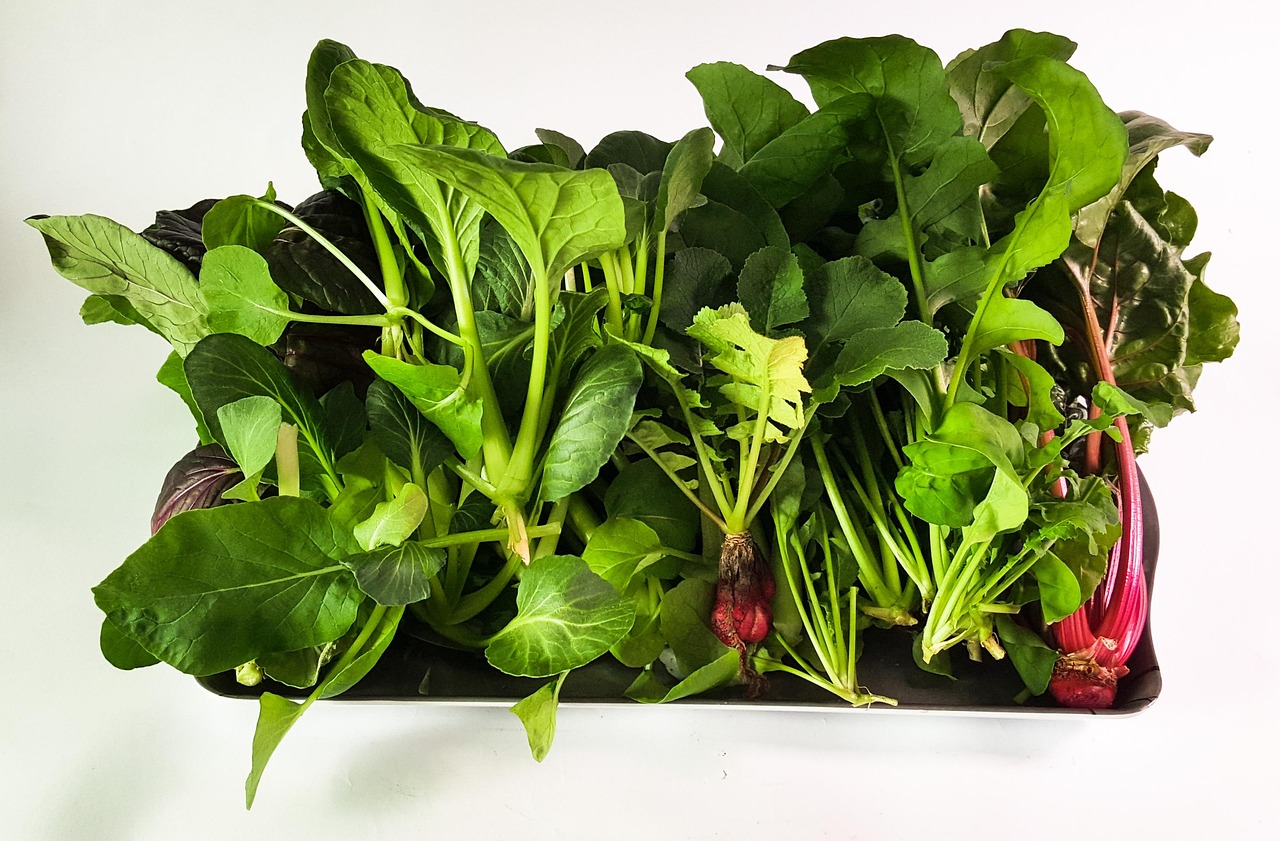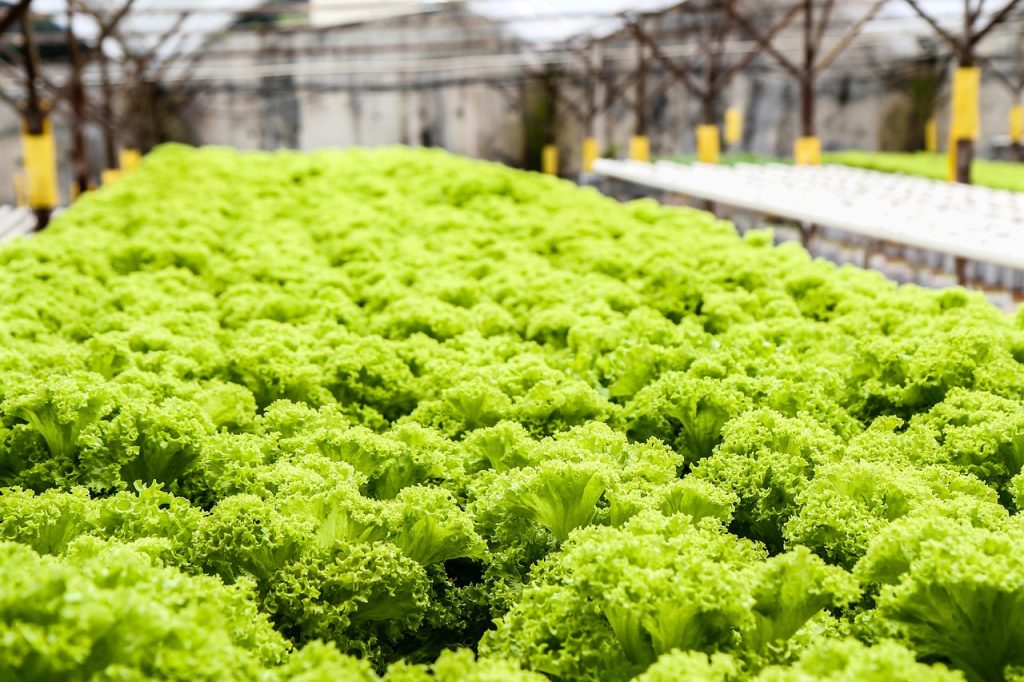Inspiring Stories of Innovation, Youth, and Sustainable Farming
Hydroponic greenhouses are transforming agriculture in the Philippines. With innovative systems that use water and nutrient solutions instead of soil, farmers are producing fresh, high-quality crops year-round while reducing water use and maximizing efficiency. This sustainable farming method not only addresses food security but also opens new doors for young Filipinos eager to modernize agriculture and turn farming into a profitable venture.
What Is Hydroponics and Why Does It Matter?
Hydroponics is the practice of growing plants without soil, using water enriched with nutrients that deliver everything a plant needs to thrive. In the Philippines, this method has gained momentum because: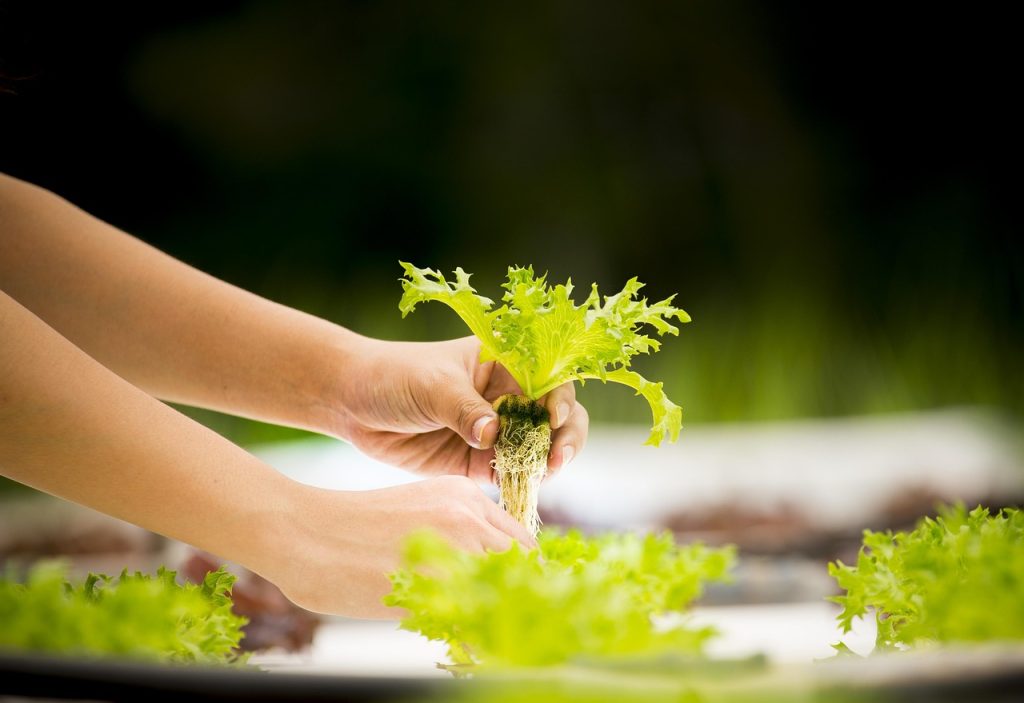
🌱 Efficient Use of Resources – Hydroponics uses up to 90% less water compared to traditional farming.
🌞 Year-Round Production – Greenhouses allow farmers to grow lettuce, herbs, and other high-value crops even during the rainy season.
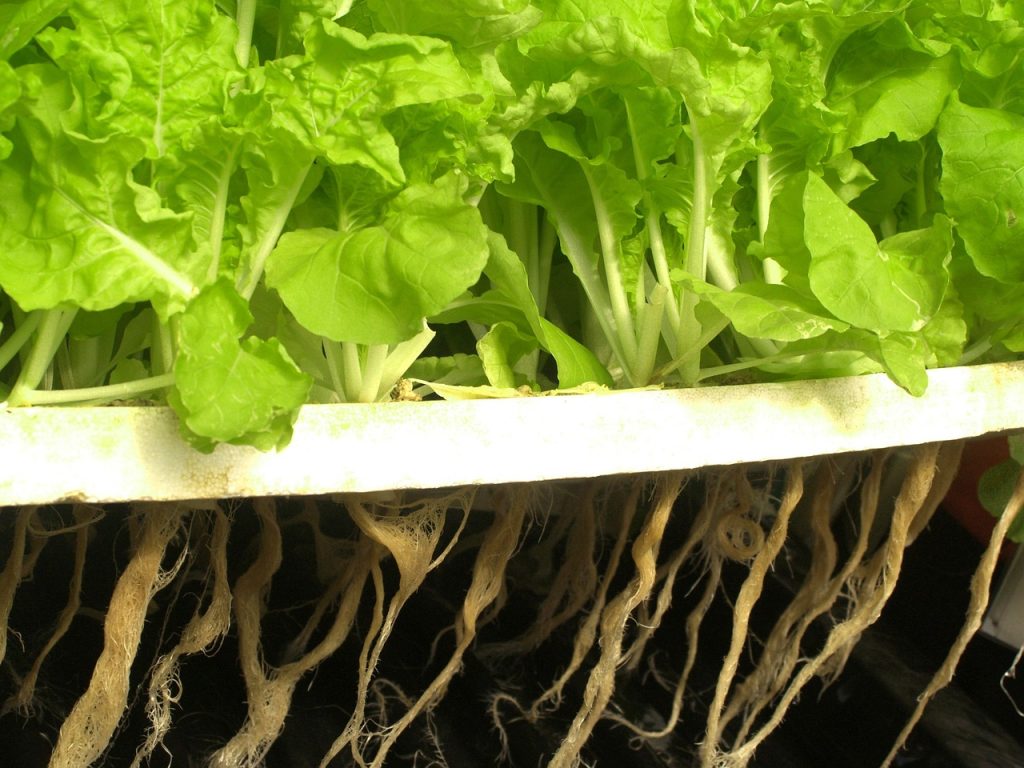
💰 High Income Potential – Premium crops like lettuce, arugula, basil, and coriander are in high demand in hotels, restaurants, and export markets.
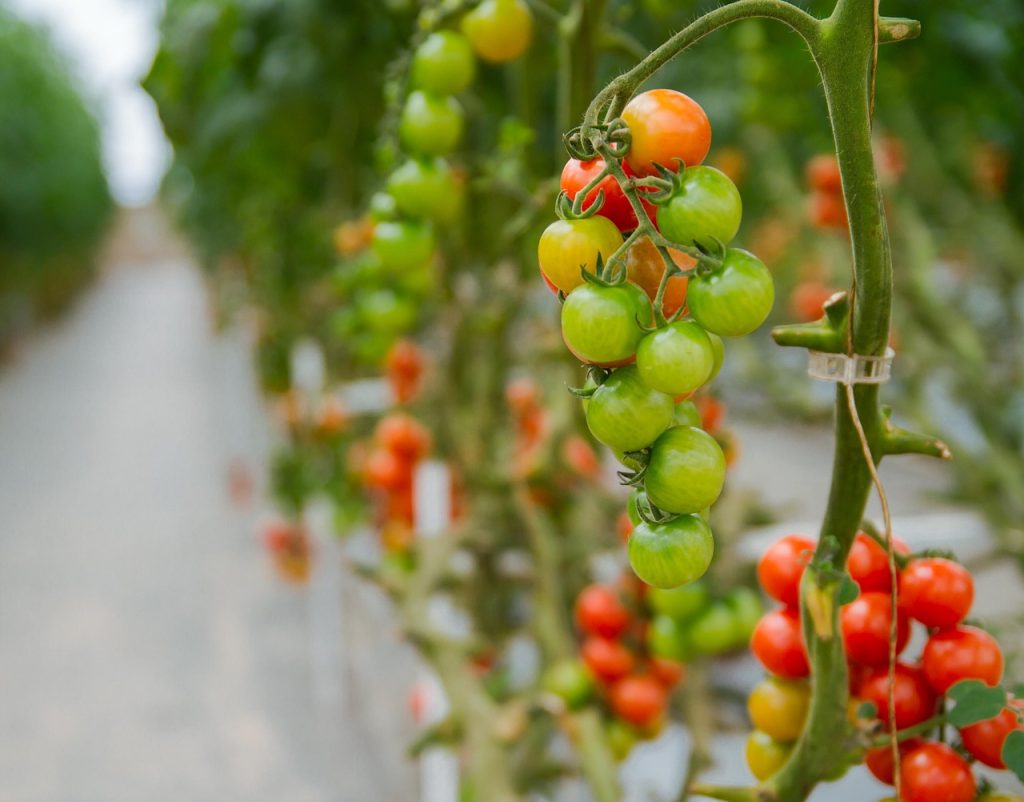
👩🌾 Youth Engagement – Hydroponics appeals to younger farmers who are drawn to innovation, technology, and sustainable practices.
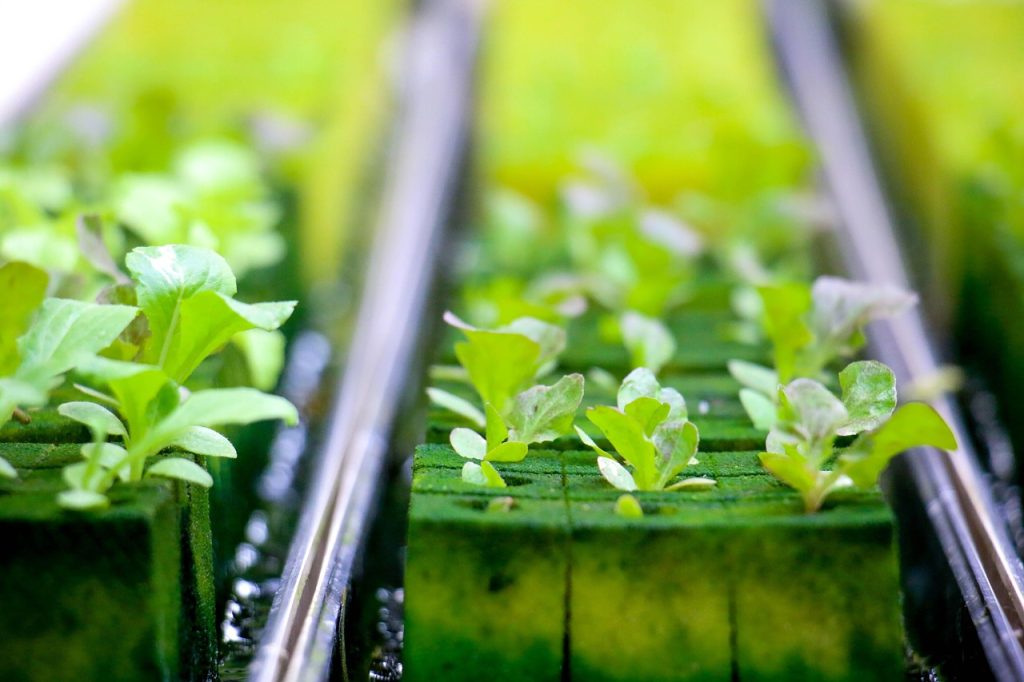
This combination of sustainability and profitability is helping reshape how farming is perceived — not as a backbreaking, low-income occupation, but as a business opportunity filled with promise.
The Bigger Picture: Hydroponics as the Future of Philippine Farming
Hydroponics has the potential to address some of the biggest agricultural challenges in the Philippines:
- Limited Farmland – Hydroponics allows vertical & urban farming, maximizing space in cities and small communities.
- Climate Change – With unpredictable weather, greenhouse hydroponics ensures stable production year-round.
- Food Security – Fresh, local produce reduces reliance on imports and supports healthier diets.
- Job Creation – It creates opportunities for consultants, technicians, suppliers & educators, not just growers.
Alignment with Global Development Goals
Jackfruit farming in the Philippines connects directly to several UN Sustainable Development Goals (SDGs), including:
- SDG 1: No Poverty – By increasing farmer incomes.
- SDG 2: Zero Hunger – By boosting local food supply and nutrition.
- SDG 8: Decent Work and Economic Growth – By creating jobs in farming and agribusiness.
- SDG 13: Climate Action – By promoting climate-resilient crops.
This alignment underscores why investing in projects like these is not only beneficial for farmers but also essential for the global agenda on sustainability.
Agree Sa Agri NGO sees hydroponics as more than just a technology — it is a movement that connects innovation, youth empowerment, and sustainability. By documenting stories like these, we hope to encourage thousands more Filipinos to embrace modern agriculture.
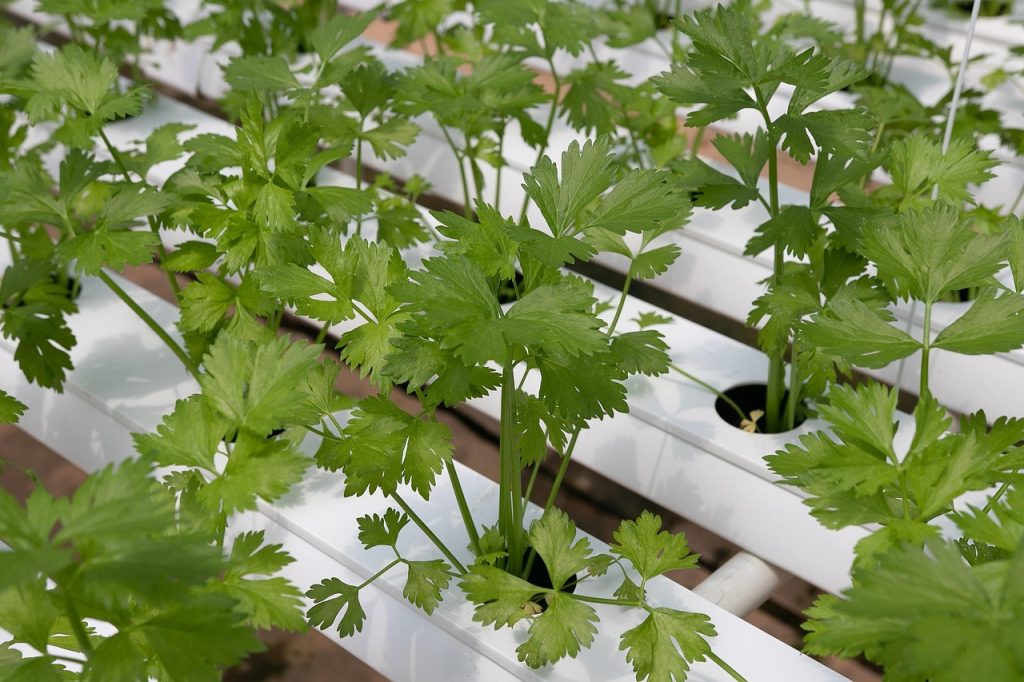
How Agree Sa Agri NGO Supports Hydroponics
At Agree Sa Agri, our mission is to bridge communities, knowledge, and opportunities in agriculture. For hydroponics, we are:
- 📹 Documenting Success Stories – Sharing real farmer journeys through blogs, videos, and media to inspire others.
- 📚 Promoting Training – Supporting workshops and education programs to equip young farmers with modern skills.
- 🌍 Building Awareness – Highlighting how hydroponics can reduce poverty, improve nutrition, and create sustainable jobs.
By combining storytelling with advocacy, we aim to create a national movement that makes farming attractive, profitable, and future-ready.
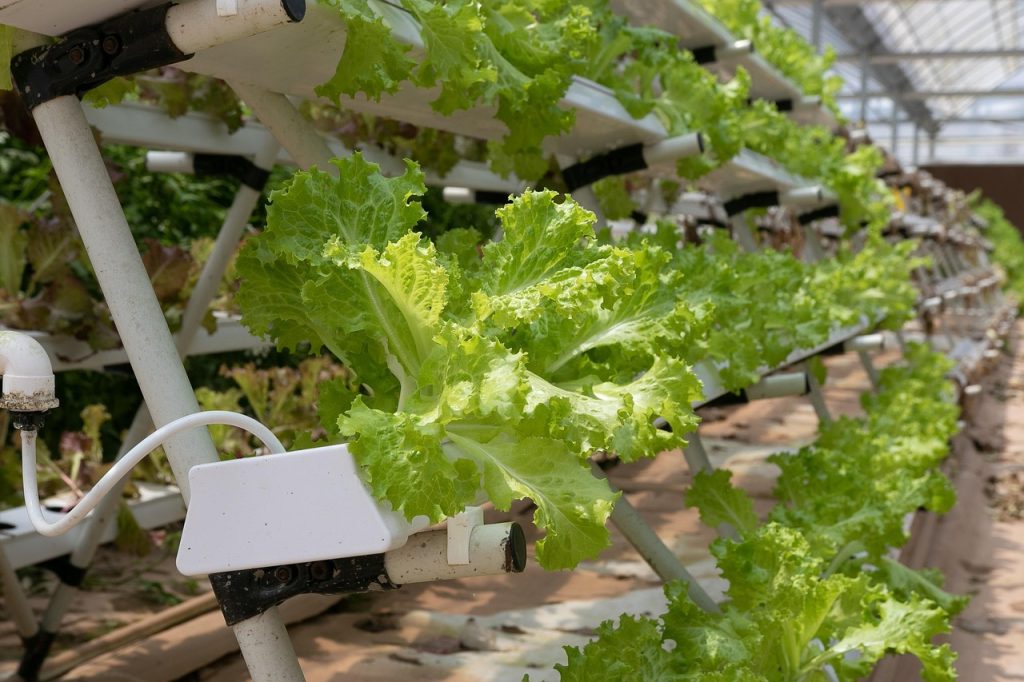
Inspiring the Next Generation of Farmers
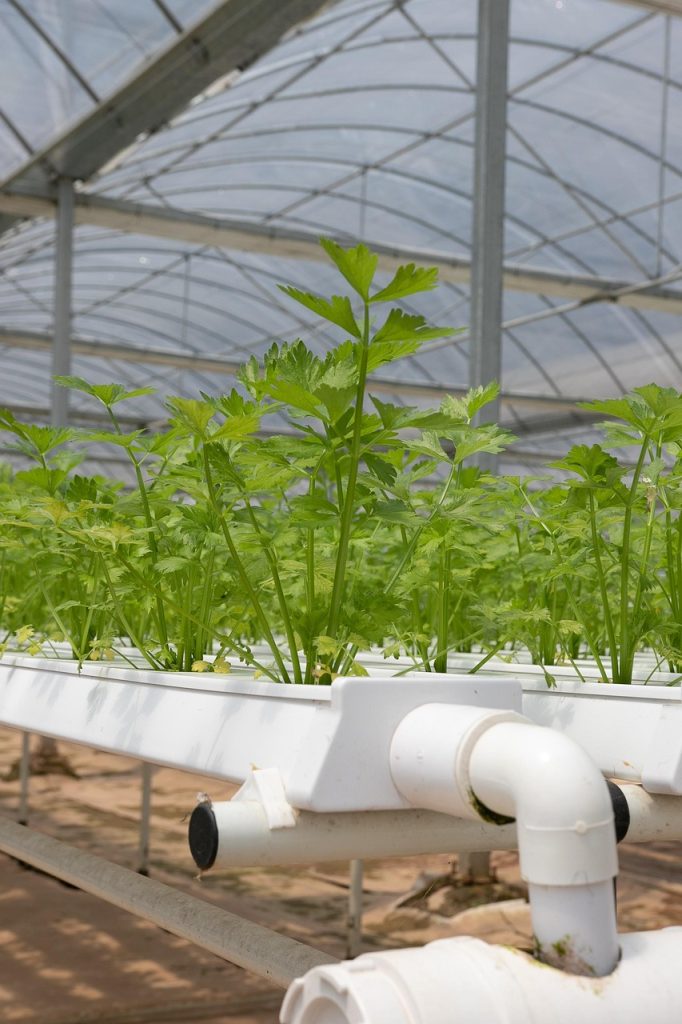
Hydroponics in the Philippines is more than just a trend — it’s a pathway toward food security, sustainability, and youth empowerment. From the 24-year-old lettuce grower to the arugula farmer in Pasig, and the former Grab driver turned hydroponics consultant, these stories show that agriculture has the power to transform lives and communities.
Agree Sa Agri NGO will continue to promote these inspiring stories, not just to celebrate individual success but to spark a nationwide movement where Filipino farmers embrace modern, sustainable, and profitable agriculture.
Hydroponics is not just farming — it’s the future. And the future begins now.
Agree Sa Agri NGO is committed to documenting and sharing these success stories. By promoting training, showcasing real farmer journeys, and inspiring communities, we aim to empower the next generation of agricultural leaders to embrace hydroponics as a key part of the future of farming.
Hydroponics at 24: A Young Lettuce Farmer’s Success
One inspiring story is that of a 24-year-old Filipino farmer who invested in a hydroponics greenhouse and managed to recover his capital in just six months. By growing lettuce with a controlled water and nutrient system, he consistently produced crisp, market-ready vegetables that sold at premium prices.
His story proves that agriculture is no longer limited to older generations. Through modern farming methods, young people can create sustainable livelihoods, secure a steady income, and contribute to national food security. His journey highlights the message that farming is not just about survival — it can also be about growth, innovation, and financial independence.
Beyond Lettuce: High-Value Crops Like Arugula and Coriander
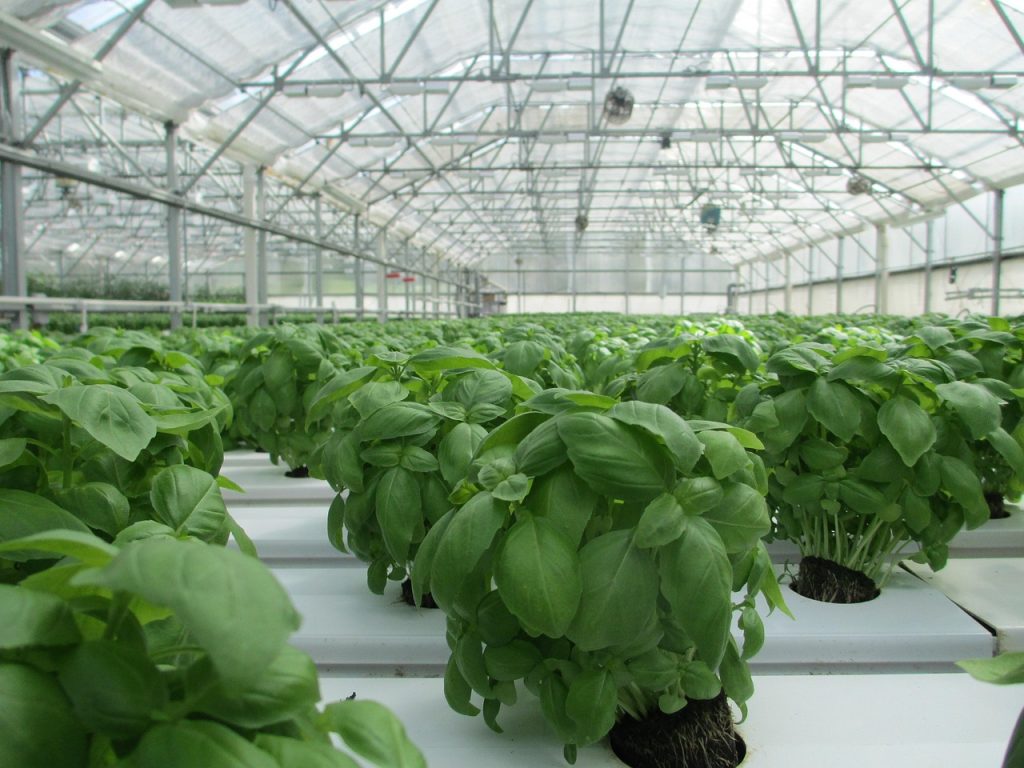
Hydroponics isn’t limited to leafy greens. Another farmer from Pasig City has shown how arugula and coriander, grown in a hydroponics greenhouse, can capture high-value markets. These crops are in demand in hotels, restaurants, and by health-conscious consumers.
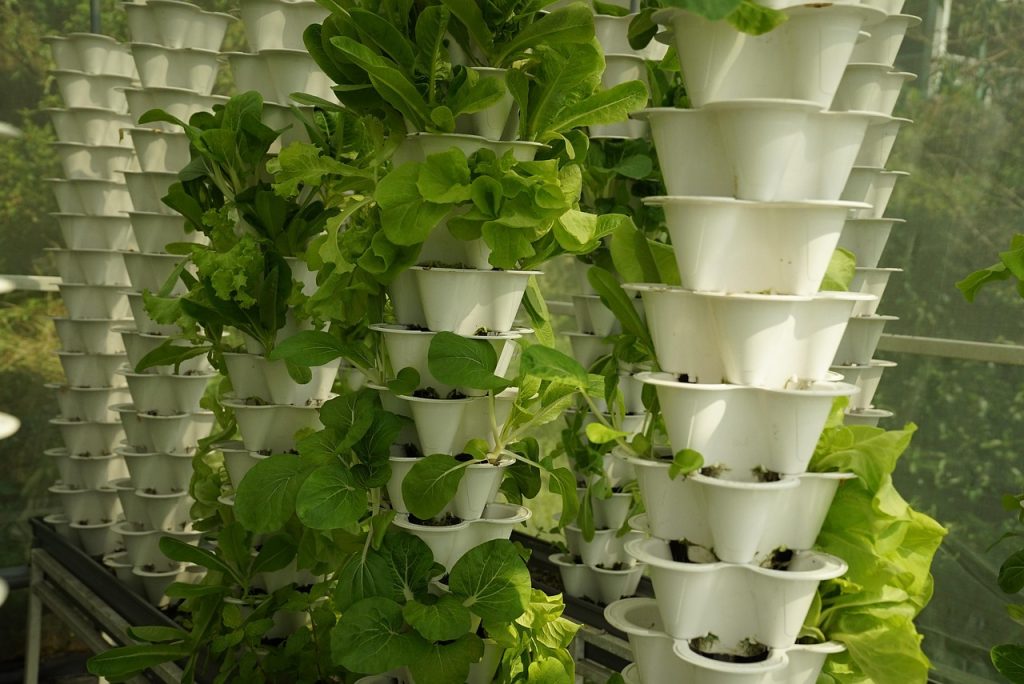
By venturing into niche crops, he tapped into premium pricing, selling fresh herbs that traditional soil-based farms rarely supply at consistent quality.
His success is proof that hydroponics provides flexibility: farmers can adapt quickly to market demand and capture opportunities beyond the basics.
From Grab Driver to Hydroponics Consultant: A Story of Transformation
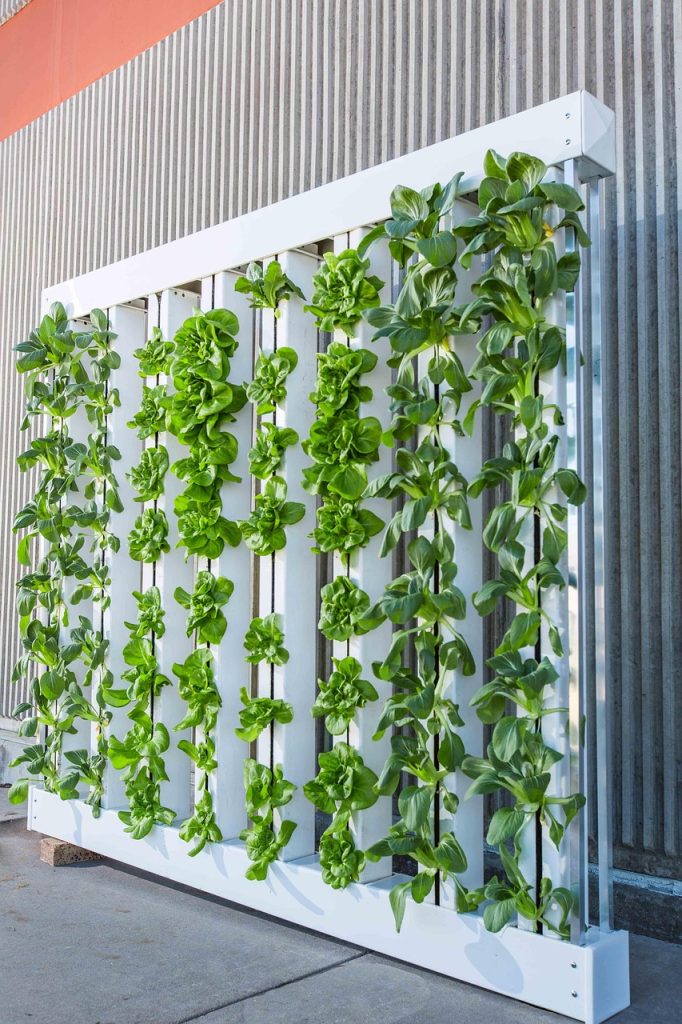
Perhaps one of the most inspiring hydroponics journeys comes from a Filipino who worked as a Grab driver before discovering hydroponics. With determination, he learned the system, built his own greenhouse, and eventually became a hydroponics consultant, training others on how to set up and manage sustainable farms.
Today, he not only grows his own crops but also helps other Filipinos adopt this method, multiplying its impact. His story shows how agriculture can truly transform lives — turning struggle into leadership, income, and empowerment for others.
Agree Sa Agri’s Role: From Inspiration to Implementation in Hydroponics
Our mission extends far beyond showcasing inspiring farm stories. Agree Sa Agri acts as the bridge between inspiration and implementation. We ensure that success doesn’t stop at admiration — it leads to action.
Here’s how we support farmers and partners in Hydroponics Farming:
✅ Trainings and Seminars – teaching farmers the science of hydroponics, from nutrient film techniques to deep-water culture and vertical systems.
✅ On-Site Demonstrations & Classes – hands-on greenhouse sessions that show how to manage water systems, control pH, and optimize yields.
✅ Technological Assistance – guiding farmers in using pumps, sensors, and automation tools to maximize efficiency.
✅ Program Implementation Support – working with LGUs, NGOs, and schools to establish hydroponics hubs for food security and youth training.
✅ Consultancy – helping cooperatives, agribusinesses, and donor-funded projects design scalable hydroponics programs for local and export markets.
This unique combination of storytelling + capacity-building makes Agree Sa Agri not just a messenger, but a partner in transforming hydroponics into a sustainable, high-value solution for the future of Philippine agriculture.
